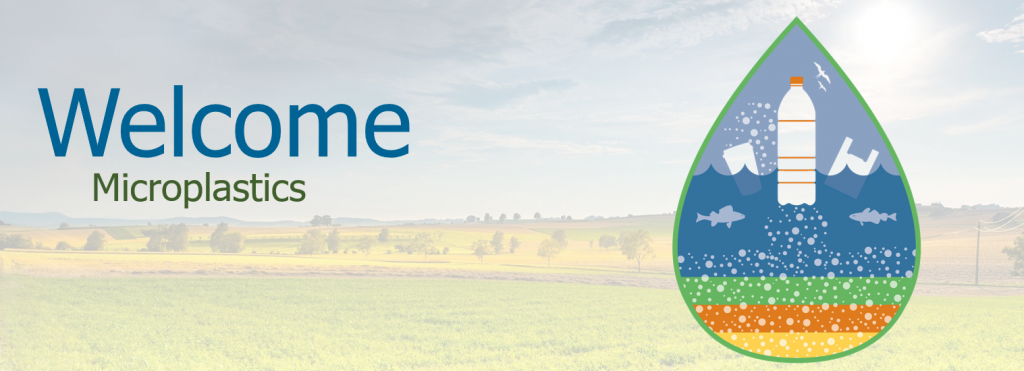
Plastics have become pervasive in modern life and are now used in a wide range of commercial and industrial applications. Microplastics (MP) are one of the biggest emerging threats to the global environmental community. Recognizing the importance of tackling the global plastics problem, the United Nations convened the UN Plastics Summit in Uruguay in 2022 to develop a legally binding instrument on plastic pollution. The Environment Assembly of the United Nations Environment Programme resolution recognizes that plastic pollution includes MP (United Nations Environment Assembly 2022). Microplastics may be intentionally produced for specific applications and products or may result from the degradation and fragmentation of larger plastics. Regardless of their origin, MP are now ubiquitous in our environment—they have been found on the top of the highest mountain peaks, at the bottom of the Marianas trench, and everywhere in between.
Because of their small size and pervasiveness in the environment, MP, along with any other contaminants that are adsorbed to the MP or intentionally added through the manufacturing process, may be consumed by humans and other organisms. Microplastics have been reported in human blood, in the deep lung, and in placenta, meconium, and human excrement (Braun et al. 2021, Zhang, Wang, et al. 2021). The science surrounding MP, their potential health effects, and knowledge of their fate and transport is very new and ongoing, with research articles being published at a rapidly accelerating rate. Even techniques and best practices for sample collection and analysis of these tiny particles and fibers are still very much evolving.
This MP guidance document was written for an individual who has a reasonable level of scientific understanding, but not a lot of MP-specific knowledge. The guidance provides a user with information on MP and the state of the applied science without having to go to the scientific literature. It is divided into seven sections. The Introduction (Section 1) provides a primer on MP, their sources, and the worldwide distribution of MP, and includes an environmental justice component. Environmental Distribution, Fate, and Transport (Section 2) investigates the various pathways through which MP can enter and travel in the environment and their distribution in various media (water, soil, sediment, air, and biota). Although MP in the environment have been a concern for many years, techniques and best practices for sample collection and analysis of these particles and fibers are still very much evolving. To date, few standards have been adopted. It is the goal of Sampling and Analysis (Section 3) to outline the most common techniques and best practices for sampling and analyzing MP. A primary concern of MP pollution is whether they represent a risk to human health and ecosystems. This is covered in Section 4, which presents information that includes the following: factors that influence the effects and toxicity of MP, effects on human and ecological health due to exposures to MP in different environmental media and settings, and uncertainties and data gaps in the evaluation of human health and ecological risk assessments due to MP. Regulatory Context (Section 5) provides an overview of information on existing regulations related to MP. The section includes regulatory programs and actions that may address all sizes of plastics (macro and micro) due to their potential to act as sources that generate MP but tries to emphasize and focus on MP to the extent possible. Section 6 intends to consolidate and evaluate established and emerging best management practices (BMPs) and treatment techniques currently being used to address and manage MP. The first half of the section focuses on prevention and mitigation strategies and BMPs to reduce MP from entering the environment. The second half focuses on technologies to abate, treat, and remediate MP once they exist in the environment (in all media). These methods and technologies are constantly evolving and are generally categorized in this section as fully demonstrated or as an emerging option. Finally, Section 7 highlights current data gaps and recommendations for future research and regulatory actions. The guidance also includes several case studies covering a range of current MP-related topics in Appendix A and a table of laws and regulations related to MP in Appendix C.
Published by the Interstate Technology & Regulatory Council, February 2023


